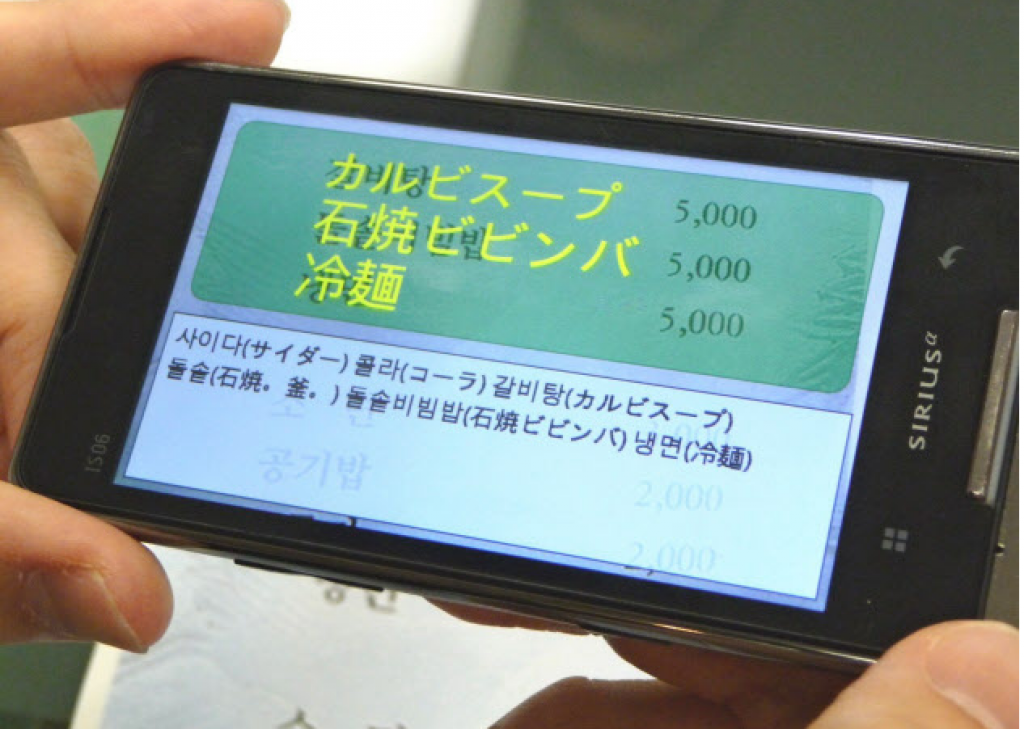I hope that those of you who took last week off for the holidays had an enjoyable vacation! I worked part-time, but only part-time, and focused a decent chunk of off-hours attention (when I wasn't catching up on my accumulated sleep deficit, that is) working my way through an enormous pile of to-be-read books and magazines. I was only partly successful in my publication perusal endeavor, but among other things I processed a few back issues of Scientific American Magazine.
Within the December edition, I was pleased to see, contributing editor David Pogue had devoted his monthly technology column to the subject of augmented reality. It's a topic that regular readers know I've discussed on several occasions. But Pogue's column, titled 'How to See the Invisible,' touches on some intriguing applications (and application concepts) that I hadn't yet come across or personally brainstormed.
I like, for example, the applications Pogue mentions which discern an object's color and shade, especially as someone whose gender is particularly prone to color blindness (yours truly is thankfully chromosome-unencumbered in this regard, although I've nonetheless been known to struggle with color-matching items of clothing). And the ability to on-the-fly translate signs from one language to another, a concept which TechCrunch also covered earlier today, is also pretty amazing.
Make sure you also check out Pogue's deceptively named online-only addendum to the article, titled 'Use It Better: Four Augmented-Reality Apps That Don't Exist but Should.' I say 'deceptively named' because unless my eyes are fooling me, he lists five apps in the writeup…although I think he had his tongue firmly in his cheek for four of them. 'Porthole in the Floor' conversely seems to be the one most likely to appear, although enduring FAA restrictions mean that it won't be usable during takeoff and landing…


